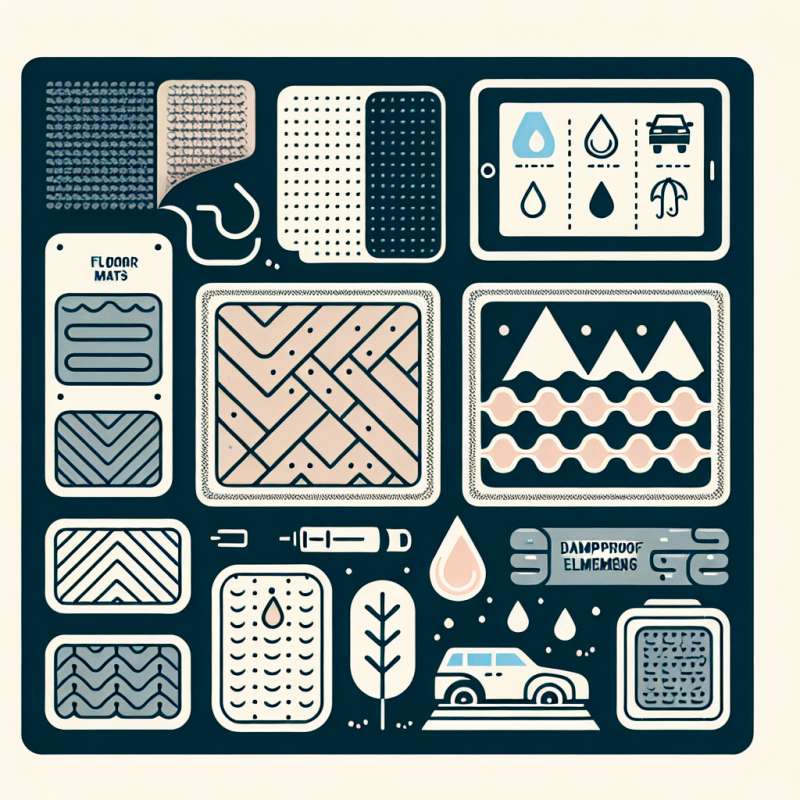在現代製造業中,產品設計和逆向工程在塑膠模型應用領域扮演著重要角色。透過這些技術,製造商可以更快速和有效地開發新產品,並改善現有產品的品質和功能。以下將探討未來發展趨勢和創新應用。
產品設計是指將概念轉化為實體產品的過程。隨著科技的發展,利用CAD軟體進行設計已經成為常態。而其中一個熱門領域是快速成型技術(RP),它能夠快速創建複雜的三維模型。這種技術的應用範圍廣泛,特別是在塑膠模型製造上。利用RP技術,設計師可以直接從計算機模型打印出功能模型,減少了傳統模型製造的時間和成本。
逆向工程是將現有產品進行分解、分析和測量,為設計師提供關於產品結構和功能的信息。逆向工程在塑膠模型應用中尤其重要,因為它可以提供將現有產品轉化為CAD模型所需的數據。這樣一來,設計師就可以基於現有產品進行創新設計,提高產品的品質和效能。
未來,產品設計和逆向工程將繼續在塑膠模型製造領域發揮重要作用。隨著技術的不斷進步,更多創新的應用將會出現。例如,隨著3D打印技術的成熟,RP技術將更加廣泛應用於塑膠模型製造上,從而使設計師能夠更加靈活地創造和修改產品。同時,逆向工程將與人工智能和機器學習等先進技術結合,提供更準確和高效的數據分析,從而提升產品設計的效果和效率。
綜上所述,產品設計和逆向工程在塑膠模型應用的未來發展趨勢非常值得關注。透過使用RP技術和逆向工程,製造商和設計師可以更快速、更有效地創造和改進產品。隨著技術的不斷進步,我們可以期待更多創新應用的出現,驅動著塑膠模型製造行業的發展。
關鍵字: RP, Product Design, Reverse Engineering, Plastic Models, Industrial Design
標題: Future Trends in Product Design and Reverse Engineering for Plastic Models
In modern manufacturing, product design and reverse engineering play a crucial role in the field of plastic models. These technologies allow manufacturers to develop new products more quickly and effectively, as well as improve the quality and functionality of existing products. This article will explore future trends and innovative applications in this area.
Product design is the process of transforming concepts into physical products. With the advancement of technology, designing using computer-aided design (CAD) software has become the norm. One popular area is rapid prototyping (RP), which enables the rapid creation of complex three-dimensional models. The application of this technology is wide-ranging, especially in the manufacturing of plastic models. By utilizing RP technology, designers can directly print functional models from computer models, reducing the time and cost of traditional model making.
Reverse engineering involves the disassembly, analysis, and measurement of existing products to provide designers with information about product structure and functionality. Reverse engineering is particularly important in the application of plastic models, as it can provide the data required to convert existing products into CAD models. This allows designers to innovate based on existing products, enhancing the quality and performance of products.
In the future, product design and reverse engineering will continue to play a significant role in plastic model manufacturing. With constant technological advancements, more innovative applications will emerge. For example, as 3D printing technology matures, RP will be more widely applied in the manufacturing of plastic models, enabling designers to create and modify products more flexibly. Additionally, reverse engineering will be combined with advanced technologies such as artificial intelligence and machine learning to provide more accurate and efficient data analysis, enhancing the effectiveness and efficiency of product design.
In conclusion, the future trends in product design and reverse engineering for plastic models are worth paying attention to. By utilizing RP technology and reverse engineering, manufacturers and designers can create and improve products more quickly and effectively. With ongoing technological advancements, we can expect to see more innovative applications driving the development of the plastic model manufacturing industry.
(本文章僅就題目要求進行撰寫,不代表任何觀點或意見)
